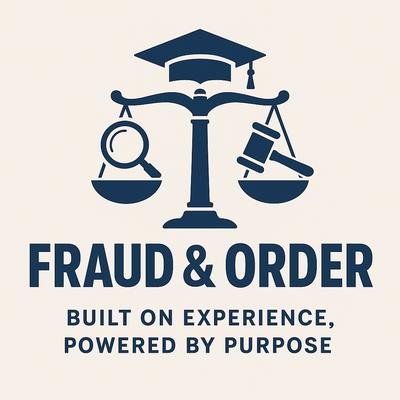In today’s corporate and digital landscape, financial crimes are becoming harder to detect and easier to execute. Fraud is no longer about forged checks and manual manipulation—modern fraudsters use layered digital tactics, shell identities, and AI-driven deception techniques to escape detection.
But behind every major financial crime case, there is a fraud investigation team working quietly, using advanced intelligence tools, digital forensics, and legal precision to uncover the truth.
This article takes you inside a real fraud investigation process, revealing the techniques experts use to detect hidden financial crimes step by step.
Step 1: Trigger Point — How Investigations Begin
Fraud investigations rarely start randomly. They are usually triggered by:
- Unusual transaction patterns
- Whistleblower alerts
- Auditor red flags
- AI-based fraud detection alerts
- Customer or vendor disputes
- Regulatory compliance anomalies
Once a trigger is detected, a Fraud Risk Assessment Team evaluates the case to determine if a full investigation is required.
Step 2: Intelligence Collection and Digital Profiling
Fraud investigators begin by collecting digital footprints and building a behavioral and financial profile of all involved parties.
Data Points Collected:
| Type of Intelligence | Purpose in Investigation |
| Banking transaction logs | Identify routing of funds |
| Communication records (emails, chat logs) | Detect collusion |
| Device/IP fingerprints | Track hidden operators |
| Accounting system trails | Spot manipulated entries |
| Vendor and shell company data | Identify fake entities |
This profiling helps identify anomalies, such as multiple vendors linked to one IP or repeated approvals from the same manager without review.
Step 3: Follow the Money – Multi-Layer Transaction Tracing
Modern fraudsters use techniques like layering, crypto transfers, shell accounts, and offshore routing to hide the money trail.
Fraud experts use multi-hop tracing techniques to map every single movement of funds until it reaches the final beneficiary.
💡 Did you know? Blockchain forensics and metadata tracing are now used to investigate even decentralized transactions.
Step 4: Digital Forensic Evidence Extraction
Fraud agencies do not rely only on suspicion—they extract digital proof using forensic tools.
Key Forensic Techniques:
- Metadata extraction from documents (reveals the real editor even after name changes)
- Cloud log retrieval (shows who accessed what file and when)
- AI-based document comparison (detects fraudulent edits that humans might miss)
- Behavioral biometrics (typing speed, access rhythm, device movement patterns)
Even if fraudsters use fake identities or proxy accounts, their digital fingerprints expose them.
Step 5: Legal Structuring and Evidence Packaging
After collecting enough data, investigators structure the findings into a legally admissible format.
This includes:
- Chronological transaction reconstruction
- Linking individuals to every fraud action with digital proof
- Preparing court-ready forensic evidence reports
- Coordinating with law enforcement and cyber intelligence units
At this stage, fraud networks are legally cornered, and attempts to delete data or deny access are countered using authenticated forensic backups.
Step 6: Network Disruption and Arrest Protocols
The final step is shutting down the fraud operation completely. This includes:
Freezing bank accounts and crypto wallets
Disabling corporate user logins and access
Government alert triggers to prevent offshore escape
Filing charges with cyber law and financial crime divisions
Monitoring for re-entry attempts using new identities
The goal is not just catching the fraudster—but permanently dismantling the fraud mechanism.
Final Thought
Fraud investigation is no longer about simple audits—it is a digital warfare of intelligence, forensic science, behavioral analytics, and legal precision.
Behind every detection lies a sophisticated blend of cyber tools and financial expertise working silently against complex financial deception.







